当前位置:网站首页>Using the entry level of DVA in taro3.*
Using the entry level of DVA in taro3.*
2022-07-07 01:17:00 【yunchong_ zhao】
If you use dva do react Project status management , It's not so cool , This is the latest To do a small program , Do not use native development , I chose taro frame , To develop applets ,
But I still want to use state management dva What shall I do? . In fact, it can still be used
Students, please continue to look down
Blogger's taro The version is 3.4 Of course It is relatively new
1, A good workman does his work well , You must sharpen your tools first Before the start , We installed a lot of things
yarn add react-redux redux dva-core dva-loading --save
Then start the configuration
stay src Create one under the file models Folder
Let me take a classic example here . Just explain the counter as the status
models/index.js models/count.js I created two files
models/index.js
import count from './count'
export default [count]
models/count.js Here are some examples Modify synchronously and asynchronously
export default {
namespace: "count",
state: {
count: 11112,
},
effects: {
* AsyncChangeCount(_, {
put }) {
const value = yield new Promise((resolve) => {
setTimeout(() => {
resolve(2)
}, 2000)
})
yield put({
type: "changeCount",
payload: {
count: value
}
})
}
},
reducers: {
setCount(state) {
state.count += 1;
return {
...state };
},
changeCount(state, {
payload }) {
state.count = payload.count
return {
...state }
}
},
};
Then is dva Tool files for
In your utils Under the document Create a dva.js In fact, it is used here The way other big guys write But let's say everything In fact, they are almost This is just a little encapsulated No big problem
import {
create } from 'dva-core'
import createLoading from 'dva-loading'
let app,store,dispatch;
function createApp (opt) {
// redux journal
// opt.onAction = [createLogger()];
app = create(opt)
app.use(createLoading({
}))
if (!global.registered) opt.models.forEach(model => app.model(model))
global.registered = true
app.start()
store = app._store
app.getStore = () => store
dispatch = store.dispatch
app.dispatch = dispatch
return app
}
export default {
createApp,
getDispatch () {
return app.dispatch
},
getState: () => store.getState()
}
The play is app.js Configuration in
import {
Component } from 'react'
import {
Provider } from "react-redux";
import dva from "./utils/dva"
import models from './models';
import './app.scss'
const dvaApp = dva.createApp({
initialState: {
},
models,
});
const store = dvaApp.getStore();
class App extends Component {
// this.props.children Is the page that will be rendered
render () {
return <Provider store={
store}>{
this.props.children }</Provider>
}
}
export default App
The above is that the configuration is completed . Then start using... In the component .
After all, now react yes hooks The era of the I also use hooks Let's take an example
The core is from react-redux There are two hooks Everything else adds up class Type usage is similar
import { useSelector, useDispatch } from ‘react-redux’
import {
View } from "@tarojs/components";
import {
useState } from "react";
import {
AtButton } from "taro-ui";
// Introduce on demand taro-ui
import "taro-ui/dist/style/components/button.scss";
import "taro-ui/dist/style/components/loading.scss";
import {
useSelector, useDispatch } from 'react-redux'
import './index.scss'
export default () => {
const [count, setCount] = useState(0);
const count1 = useSelector(state => state.count.count)
const dispatch = useDispatch();
return (
<View>
<View>component state: {
count }</View>
<View>redux data: {
count1 } </View>
<View className='h100'></View>
<AtButton type='primary' loading size='small' onClick={
() => setCount(count + 1)}>click change state </AtButton>
<View className='h100'></View>
<AtButton type='primary' loading size='small' onClick={
() => dispatch({
type: "count/setCount"})}>click change redux</AtButton>
<View className='h100'></View>
<AtButton type='primary' loading size='small' onClick={
() => dispatch({
type: "count/AsyncChangeCount"})}> Asynchronous modification redux The number </AtButton>
</View>
);
};
That's it . Continue to use dva stay taro I'm very happy .
Follow me to keep updating Front end knowledge .
边栏推荐
- "Exquisite store manager" youth entrepreneurship incubation camp - the first phase of Shunde market has been successfully completed!
- paddlehub应用出现paddle包报错的问题
- [牛客] [NOIP2015]跳石头
- Case development of landlord fighting game
- Neon Optimization: an optimization case of log10 function
- Analysis of mutex principle in golang
- Telerik UI 2022 R2 SP1 Retail-Not Crack
- ARM裸板调试之JTAG原理
- 重上吹麻滩——段芝堂创始人翟立冬游记
- 负载均衡性能参数如何测评?
猜你喜欢

Chenglian premium products has completed the first step to enter the international capital market by taking shares in halber international

Batch obtain the latitude coordinates of all administrative regions in China (to the county level)
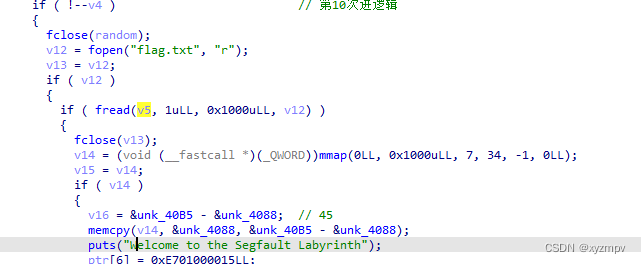
2022 Google CTF segfault Labyrinth WP
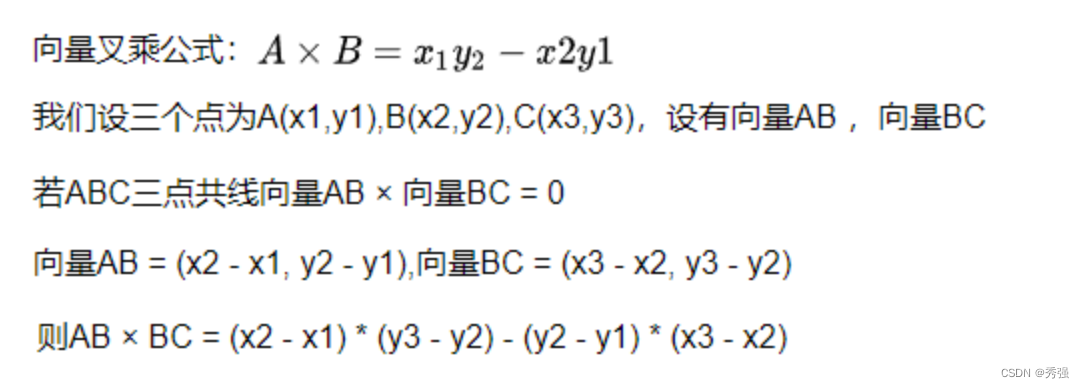
Force buckle 1037 Effective boomerang
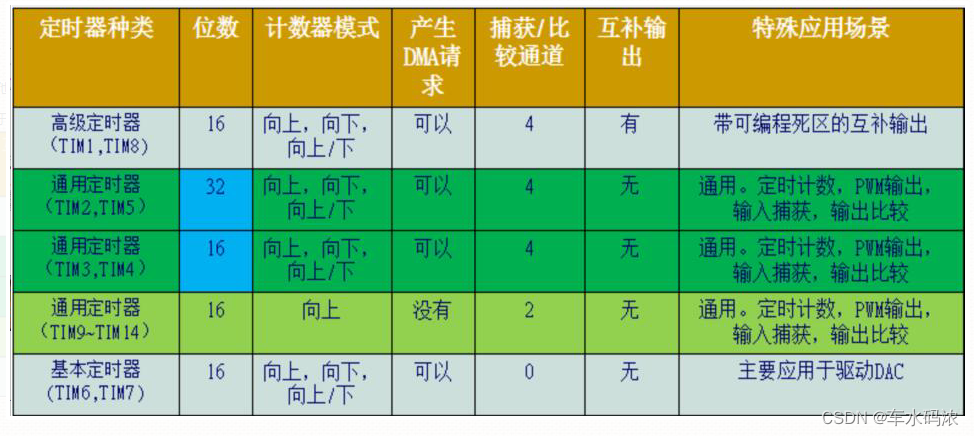
Part V: STM32 system timer and general timer programming
![[hfctf2020]babyupload session parsing engine](/img/db/6003129bc16f943ad9868561a2d5dc.png)
[hfctf2020]babyupload session parsing engine

让我们,从头到尾,通透网络I/O模型
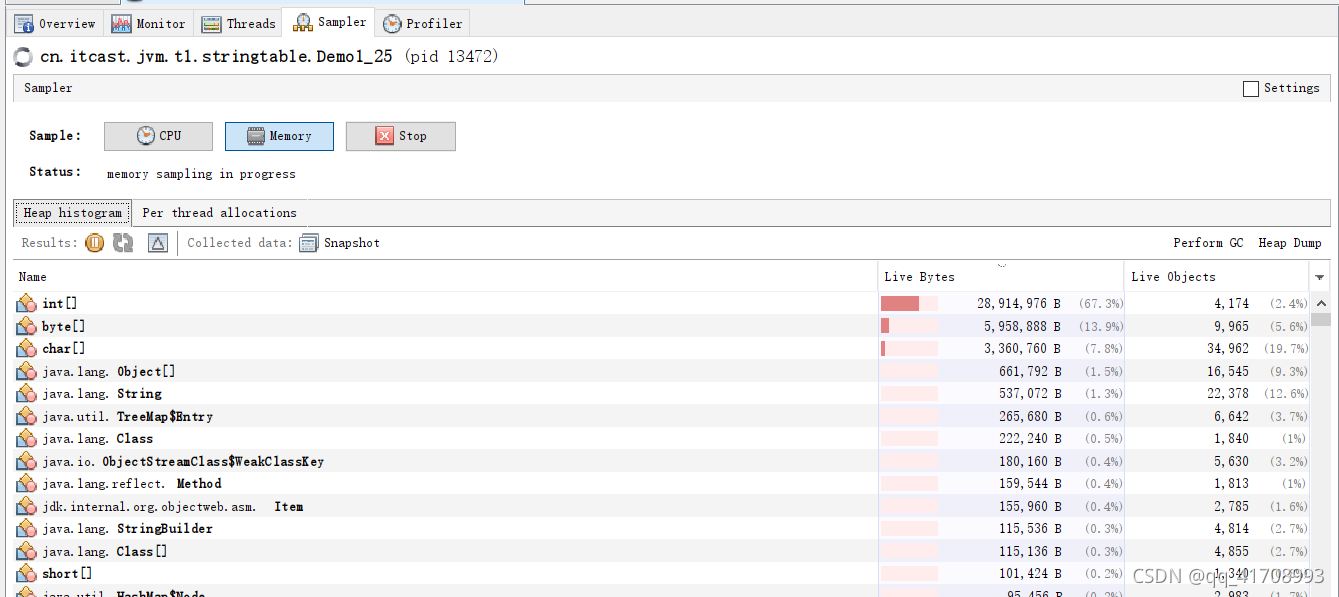
【JVM调优实战100例】04——方法区调优实战(上)
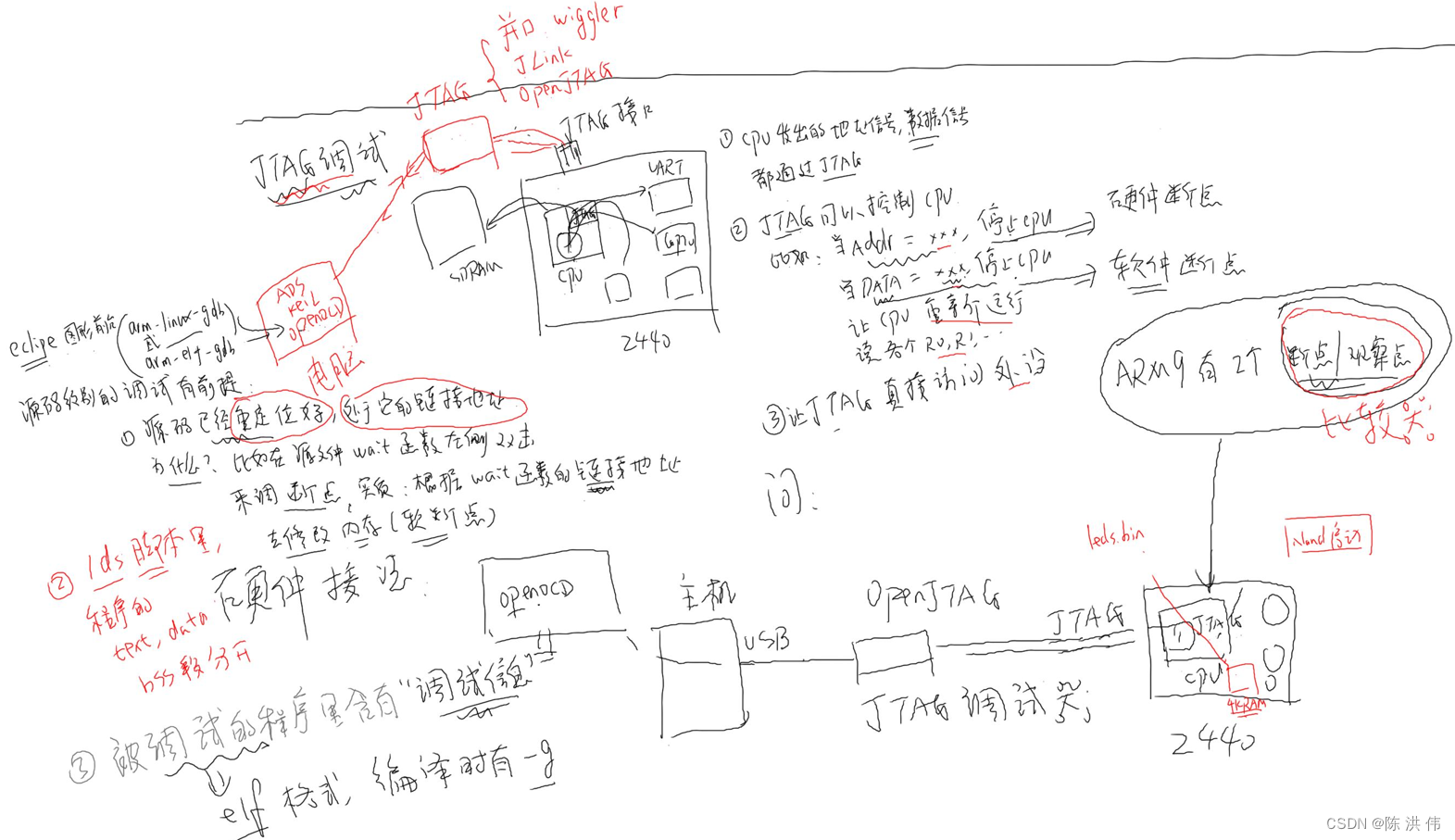
JTAG principle of arm bare board debugging
![[Niuke] b-complete square](/img/bd/0812b4fb1c4f6217ad5a0f3f3b8d5e.png)
[Niuke] b-complete square
随机推荐
Body mass index program, entry to write dead applet project
ARM裸板调试之JTAG原理
Gnet: notes on the use of a lightweight and high-performance go network framework
云呐-工单管理制度及流程,工单管理规范
Periodic flash screen failure of Dell notebook
Dell筆記本周期性閃屏故障
云呐|工单管理办法,如何开展工单管理
windows安装mysql8(5分钟)
安全保护能力是什么意思?等保不同级别保护能力分别是怎样?
Let's see through the network i/o model from beginning to end
paddlehub应用出现paddle包报错的问题
字节P7专业级讲解:接口测试常用工具及测试方法,福利文
Taro中添加小程序 “lazyCodeLoading“: “requiredComponents“,
How to evaluate load balancing performance parameters?
ARM裸板调试之JTAG调试体验
Pytorch中torch和torchvision的安装
Anfulai embedded weekly report no. 272: 2022.06.27--2022.07.03
2022 Google CTF segfault Labyrinth WP
Openjudge noi 1.7 10: simple password
[100 cases of JVM tuning practice] 05 - Method area tuning practice (Part 2)